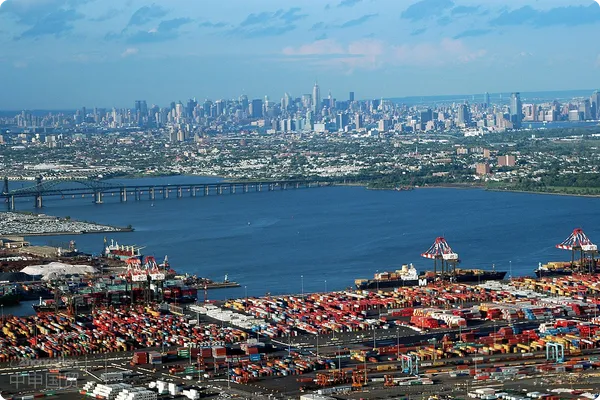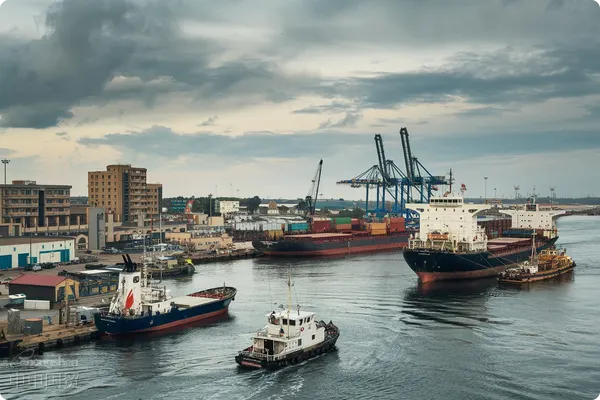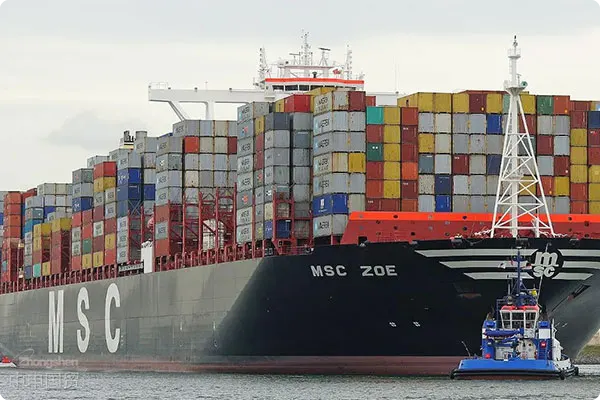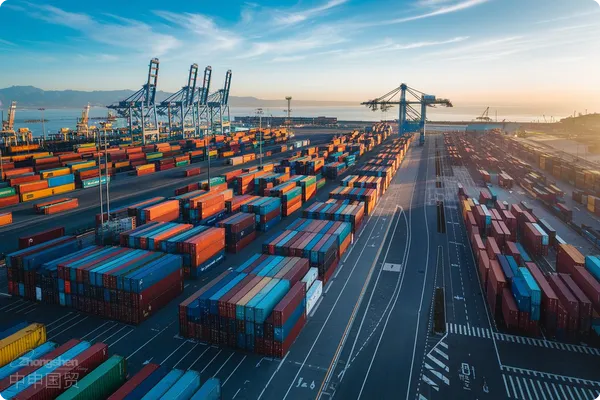- Shanghai Zhongshen International Trade Co., Ltd. - Two decades of trade agency expertise.
- Service Hotline: 139 1787 2118

With the continuous development of international trade, agency application for goods export has become a key link for many enterprises to expand overseas markets. This article will introduce in detail the process of agency application for goods export and visually display the steps of each link through a flowchart, helping readers better understand and master the export operation.
I. Background and significance of agency application for goods export
With the increasing integration of the global economy, more and more enterprises are getting involved in international trade. Agency application for goods export, as an important trade method, can not only help enterprises reduce export costs, but also improve export efficiency. However, due to the complexity of the export process, many enterprises often feel confused during the operation. Therefore, understanding and mastering the process of agency application for goods export is of great significance to enterprises.
II. Detailed explanation of the process of agency application for goods export
1 Preparation stage
1. Market Research: Understand the needs of the target market, the situation of competitors, and policies and regulations, etc.
2. Select an agent: According to the needs of the enterprise, select a suitableExport Representation.
3. Sign the Contract: Sign a formal agency contract with the agent to clarify the rights and obligations of both parties.
2 Export declaration stage
1. Collect materials: Organize various documents required for export, such as packing lists, invoices, contracts, etc.
2. Fill in the Declaration Form: Fill in the export declaration form as required to ensure the accuracy of information.
3. Submit the Declaration: Submit the declaration form and relevant documents to the customs.
3 Customs inspection stage
1. customs inspection: The customs inspects the goods according to the declared information.
2. Payment of Taxes and Fees: Pay taxes according to the results of the customs inspection.
3. After the customs reviews and inspects the declared goods, if the goods meet the relevant regulations, the customs will release the goods. The ways of releasing goods include direct release and clearance release. Direct release means that the customs directly releases the goods, and clearance release means that the customs conducts clearance processing on the goods and then releases them.: The customs releases the goods after passing the inspection.
4 Export transportation stage
1. Choose a Transportation MethodSelect an appropriate mode of transportation according to the characteristics of the goods and transportation costs.
2. : The agent needs to arrange an appropriate mode of transportation to ship the bearings to the customers location. When arranging transportation, the agent needs to consider factors such as transportation cost, transportation time, and transportation safety.Sign a transportation contract with the transportation company and arrange the transportation of goods.
3. Track the GoodsPay attention to the progress of the goods transportation to ensure that the goods arrive at the destination safely.
III. Flowchart of Acting for the Application of Goods Export
The following is a simplified flowchart of acting for the application of goods export, which is used to visually display the steps of each link:
“`
[Preparation Stage] --> [Export Declaration Stage] --> [Customs Inspection Stage] --> [Export Transportation Stage]
| |
| |
V V
[Market Research] --> [Select Agent] --> [Sign Contract] --> [Collect Information]
| |
| |
V V
[Fill in Declaration Form] --> [Submit Declaration] --> [Pay Taxes] --> [Select Mode of Transportation]
| |
| |
V V
[Customs Inspection] --> [Release Goods] --> [Arrange Transportation] --> [Track Goods]
“`
Conclusion
Through the introduction of this article, it is believed that readers have a clear understanding of the process of acting for the application of goods export. In actual operation, enterprises should strictly follow the process to ensure the smooth progress of export business. At the same time, with the continuous change of the international trade environment, enterprises should continuously optimize the export process and improve export efficiency to adapt to the development of the market.
Related Recommendations
? 2025. All Rights Reserved. 滬ICP備2023007705號-2  PSB Record: Shanghai No.31011502009912
PSB Record: Shanghai No.31011502009912










